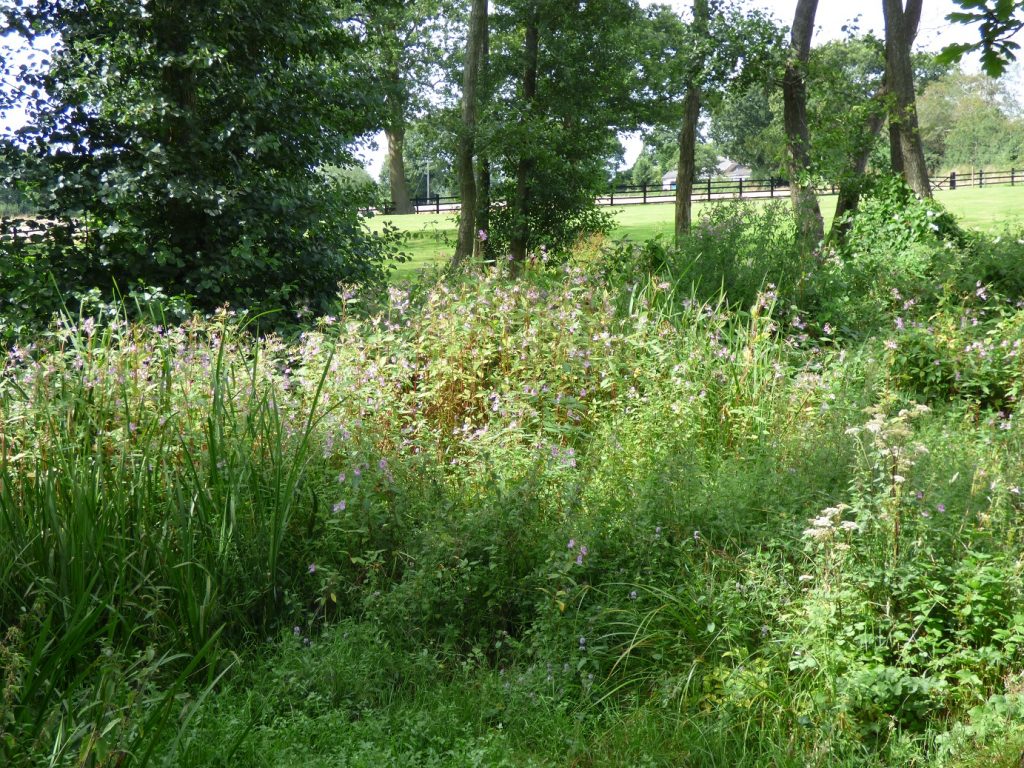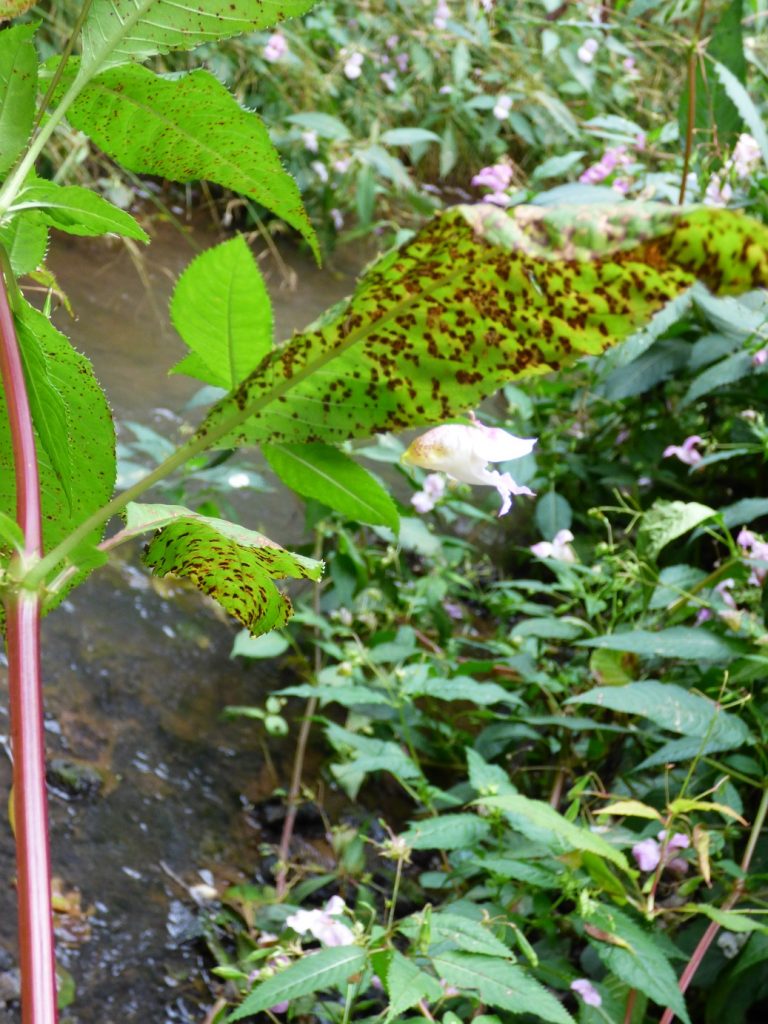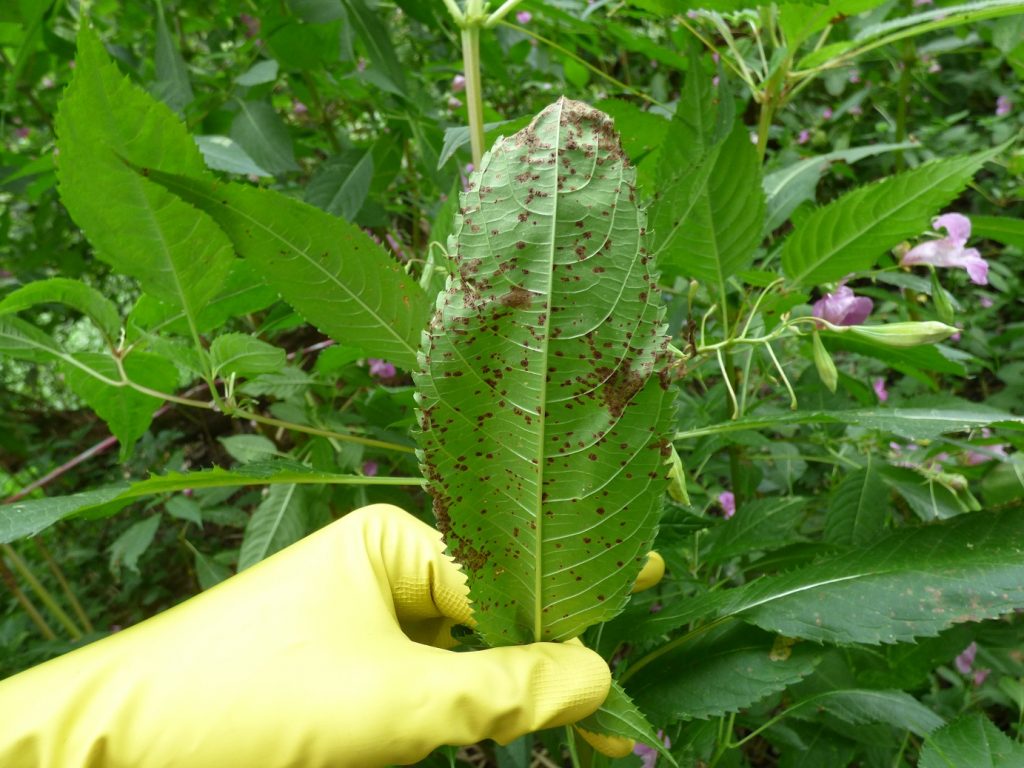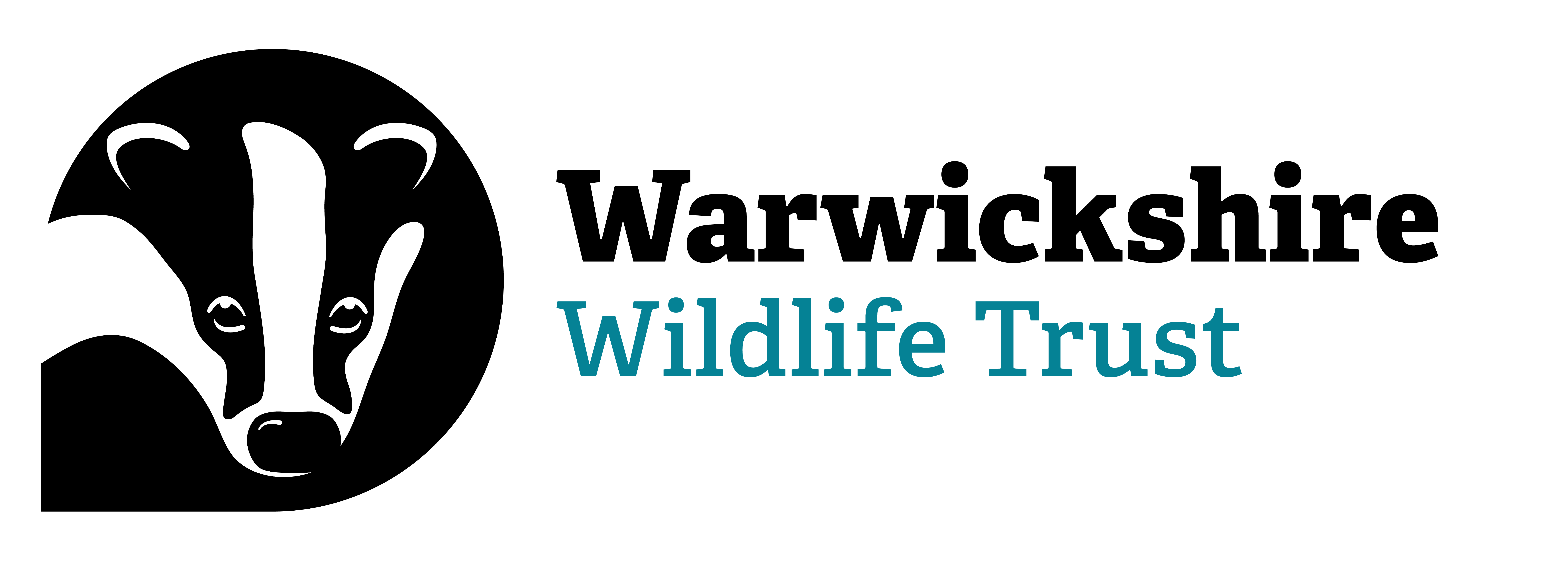Working alongside CABI (Centre for Agriculture and Bioscience International), Tame Valley Wetlands have been trialing a rust fungus as a method of biocontrol to target Himalayan balsam.
You can read more about Himalayan balsam here.
Biocontrol is a method of controlling the growth of a population – usually a pest or a weed. It has been successful in many other circumstances as it is much more environmentally-friendly than using chemical pesticides, and requires much less physical labour than manual removal of pests.
Biocontrol involves using one species of beneficial living organism (the control species) to limit the spread of another species (the target species). The target species must be controlled as it poses a threat to the environment. It is important that studies and monitoring are carried out throughout the control process to ensure the control species continues to work effectively against the target species.
The process of trialing the rust fungus for the biocontrol of Himalayan balsam began at the beginning of 2019. Initial studies were carried out to ensure the fungus would propagate on the plants.

The photo above shows what the Himalayan balsam at one of our project sites looked like before we started any of our control methods. The plants look strong and are growing in huge quantities, meaning they pose a threat to the other plant species in the area.
To initiate the biocontrol process, we sprayed test areas with the rust fungus to allow the fungus to establish on the plants.

After allowing the fungus to propagate and grow on the Himalayan balsam plants, we re-visited the site multiple times over the following months to monitor its progress as a biocontrol agent. Here you can see there areas where the fungus has established. The brown patches on the leaf show where damage has been caused by the fungus.
We hope that the rust fungus will eventually become fully established on the invasive species.
If the fungus is successful over the winter, we will be able to be confident that the fungus will make an effective long-term biocontrol mechanism by helping to reduce the growth of Himalayan balsam without harming other plant species.

Tame Valley Wetlands are also planning to carry out biological control, as well as mechanical control, of Himalayan balsam at other project sites.
We will post updates about this on our website and social media pages – keep checking back!
